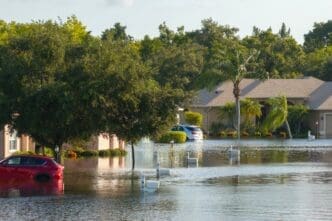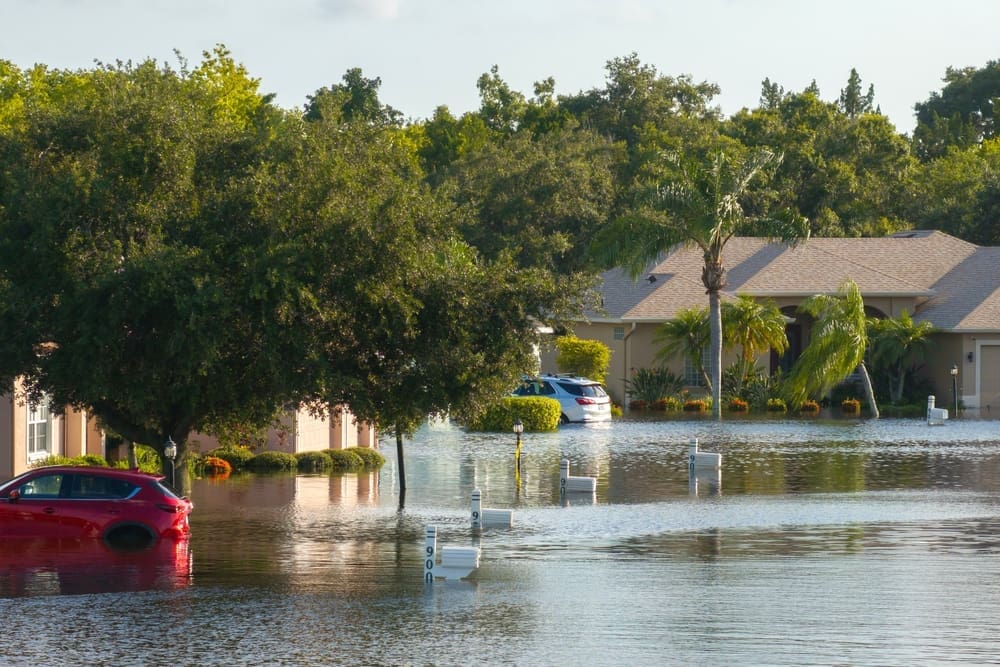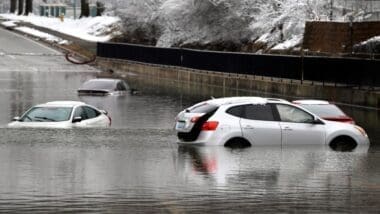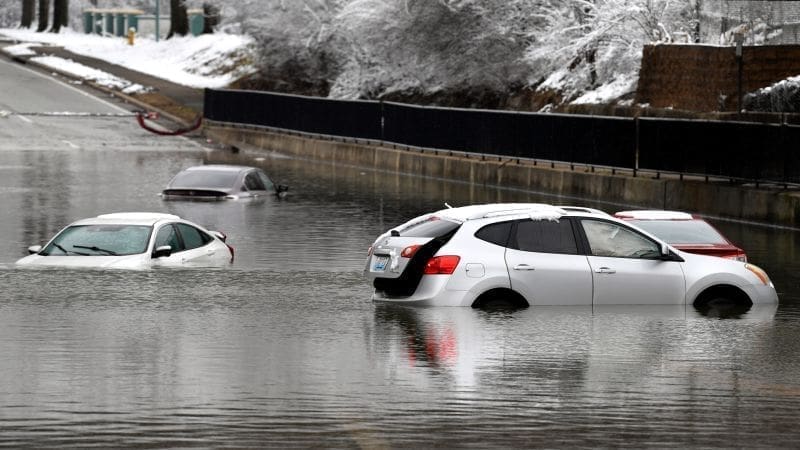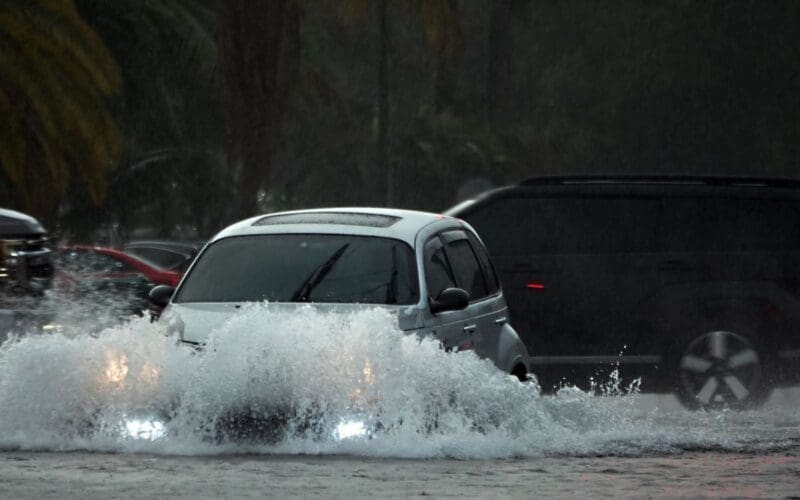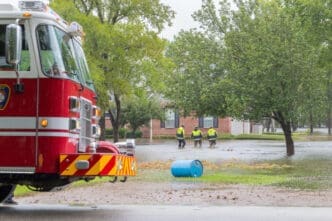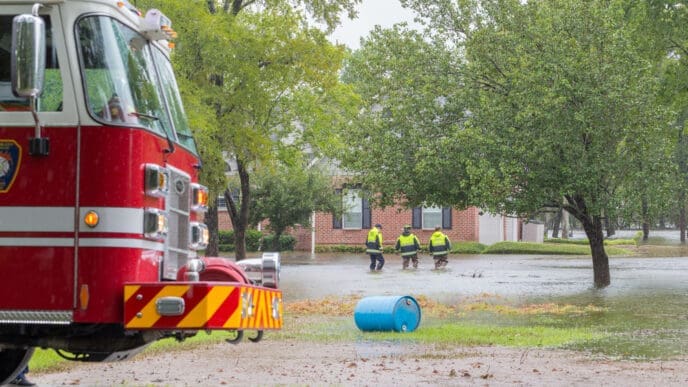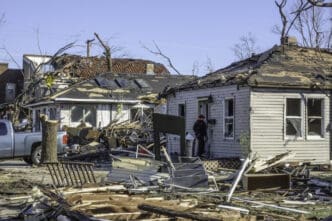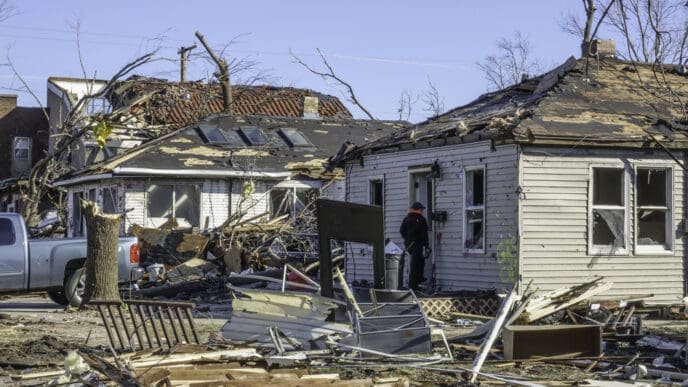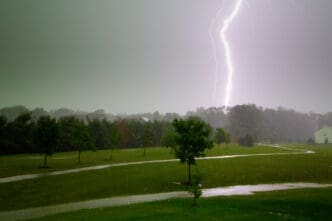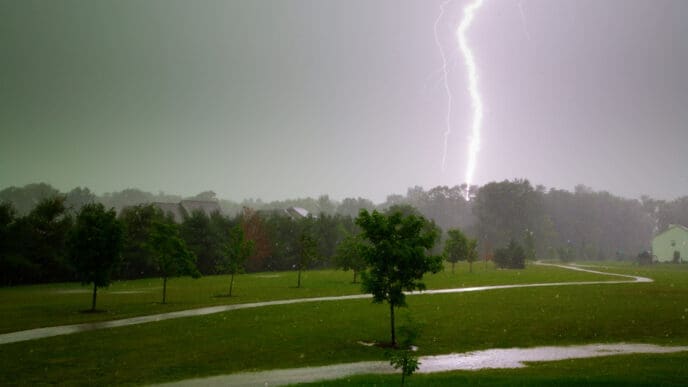Extreme weather, particularly intense rainfall events, poses significant dangers that are becoming more frequent due to climate change. These powerful storms can lead to various threats, including falling tree limbs, downed power lines, and potential drowning incidents. Proper disaster preparation and effective planning are crucial in safeguarding lives and property.
In anticipation of extreme weather, it is essential to evaluate whether homes meet current building codes and to understand what insurance policies cover. Addressing any deficiencies in these areas can prevent future complications. As storms approach, staying informed through real-time weather alerts from city, county, and federal sources, as well as local news, is vital. Simple measures, such as ensuring gutters, storm drains, and stormwater systems are clear, can effectively manage and redirect heavy rainfall. When using sandbags for property protection, ensure they are correctly assembled and stacked to prevent water infiltration.
Deciding whether to evacuate or remain at home is a critical decision. In the event of local evacuation orders, it is important to comply. This includes gathering important documents, fueling vehicles adequately, and preparing for an extended absence. During severe storms, remaining home may become safer than attempting to evacuate, particularly when roadways are flooded. Flooded roads can be deceptive, with water that is both deeper and more forceful than it appears, posing a serious risk to drivers.
Preparing homes and belongings for impending storms involves practical steps. Relocating keepsakes, furniture, and valuables to upper levels, ensuring sump pump batteries are charged, and maintaining sufficient food, water, and medical supplies are effective short-term preparation methods. Vehicles should be parked in structures with higher levels to avoid water damage. It’s also wise to avoid storing backup generators in basements, where flooding could render them useless.
Once a disaster has commenced, if prior flood preparations were not possible, moving to the highest part of the home or finding safe shelter is recommended. However, in situations involving high winds or tornadoes, being at elevated levels may be dangerous, making it crucial to monitor weather forecasts closely.
The Human Angle
- Improved preparation and planning can significantly reduce the risk of property damage and personal harm during severe weather events.
- Understanding local emergency protocols and evacuation routes can enhance community safety and resilience.
- Staying informed about weather developments through reliable sources can aid in making timely and informed decisions.
- Home and property insurance coverage awareness can facilitate quicker recovery and rebuilding efforts post-storm.
- Engagement in community disaster readiness programs can strengthen overall neighborhood and city resilience to extreme weather impacts.
